Tarachand Barjatya

Subscribe to read full article
This section is for paid subscribers only. Our subscription is only $37/- for one full year.
You get unlimited access to all paid section and features on the website with this subscription.
Not ready for a full subscription?
You can access this article for $2 , and have it saved to your account for one year.
- Born: 10 May 1914 (Rajasthan, India)
- Died: 21 September 1992
- Primary Cinema: Hindi
- Children: Kamal Kumar, Raj Kumar
- Grand Children: Sooraj Barjatya
Distributor and producer of many successful family-oriented entertainers, and founder of Rajshri Pictures and Rajshri Productions, Tarachand Barjatya was born in Kuchaman, Rajasthan in a traditional Marwari Jain Family on 10th May 1914. At the behest of his father, who believed in the value of a good education, he graduated from Vidyasagar College in Calcutta. However, he had no inclination to study law after completing his BA, as his father initially desired. Noting his son’s interest in films, Barjatya Sr. helped enroll Tarachand as an apprentice with Moti Mahal theatres. Thus in 1933, started Tarachand’s tryst with filmmaking which was to turn into a legacy. Five years of service at Moti Mahal included a posting at the company’s Chamaria Talkie Distributors in Madras. This is where Tarachand’s sharp business sense along with enviable communication skills, helped boost the business considerably—a fact that Moti Mahal too acknowledged. Tarachand built cordial relations with all the leading producers in the south including AVM Productions, Gemini Studios, Vijaya Productions, and SS Vasan which were to stand him in good stead.
Tarachand Barjatya came into his own with Rajshri Pictures, the film distribution company which he founded within a short span of time in 1947. He had evidently advised filmmaker SS Vasan, who was struggling with losses incurred by his costly production, Chandralekha, to dub the film in Hindi. Tarachand provided ample support for the same which eventually prompted Vasan to suggest that Tarachand himself distribute the film all over India. Tarachand rose to the challenge, setting up offices across the country, and Rajshri Pictures took birth. Chandralekha proved to be a huge success in Hindi. Barjatya had a knack for picking films that other banners were hesitant to distribute, but which turned up trumps, such as Sohrab Modi’s Sheesh Mahal (1950) and Vijay Bhatt’s Baiju Bawara (1952). Rajshri Pictures became one of the first distribution companies to bring the top south banners into mainstream Hindi cinema. In 1960, Barjatya went on to launch Rajshri Productions Pvt Ltd. with their first production, Phani Majumdar’s Aarti (1962), which featured Ashok Kumar, Meena Kumari and Pradeep Kumar. Critically acclaimed nationally and internationally, the film was followed by Dosti (1964), which became a hit despite the lack of big names in its cast.
With these initial films itself, Tarachand established its core focus of propagating family values and musical entertainment. Several blockbusters were to emerge from the Rajshri Productions’ stable including Jeevan Mrityu (1970), Uphaar (1971), Piya Ka Ghar (1972), Saudagar (1973), Geet Gaata Chal (1975), Tapasya (1976), Chitchor (1976), Dulhan Wahi Jo Piya Man Bhaaye (1977), Ankhiyon Ke Jharokhon Se (1978), Sawan Ko Aane Do (1979), Taraana (1979), Nadiya Ke Paar (1982), Saaransh (1984) and others. While focusing on family values, they were also willing to experiment with films like Satyajit Ray's Kapurush-o-Mahapurush(1965), Uphaar, Saudagar, and Saaransh. The 70s saw Tarachand assisted by his sons Kamalkumar and Rajkumar. The banner also launched the careers of many talented newcomers such as Raakhee with Dharmendra in Jeevan Mrityu, Sachin and Sarika in Geet Gaata Chal (1975), Rameshwari in Dulhan Wahi Jo Piya Man Bhaaye, Anupam Kher in Saaransh, and Madhuri Dixit in Abodh (1984). Successful pairings were also born at Rajshri such as Amol Palekar and Zarina Wahab in Chitchor (1976), and Mithun Chakraborty and Ranjeeta Kaur in Taraana (1979). Some of the best artistes have worked with the banner, including Jaya Bhaduri in Uphaar and Piya Ka Ghar, Amitabh Bachchan in Saudaga, and Naseeruddin Shah in Sunayna (1979). The occasional lows were followed by admirable highs such as the 1989 superhit Maine Pyaar Kiya, directed by Tarachand’s grandson Sooraj Barjatya, which introduced Bhagyashree, made Salman Khan a sensation and revived the Rajshri stamp of wholesome entertainment. Tarachand had foreseen the potential within his grandson, Sooraj Barjatya, and encouraged his growth, prompting him to independently direct a film for Rajshri, which Sooraj did, making his debut at just 24.
Under Tarachand, Rajshri also distributed some of the biggest blockbusters in Hindi cinema history like Sholay (1975) and Amar Akbar Anthony (1977).
In his professional capacity, Tarachand was appointed by the Government of India as a member of the committee of films with Mrs. Indira Gandhi as its Chairperson. Later he was again appointed by the Government as a member of the Working Group of Films which submitted its report to Parliament. He passed away on 21st September 1992 while his production house continues to produce their trademark brand of films such as Hum Aap Ke Hain Koun (1994), Hum Saath Saath Hain (1997), Main Prem Ki Diwani Hoon (2003), Vivaah (2006) and Prem Ratan Dhan Payo (2015).



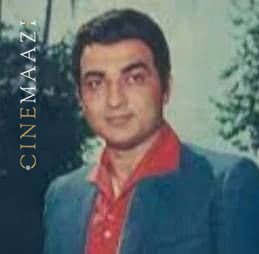
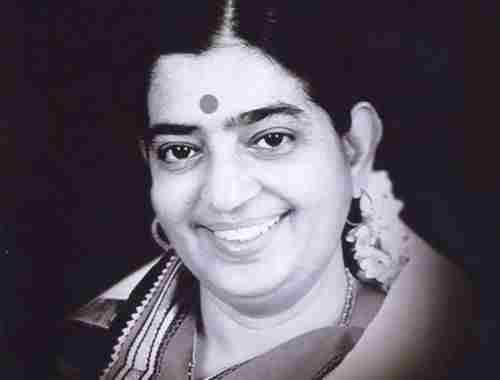


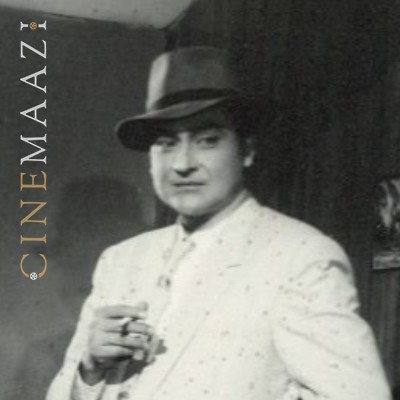
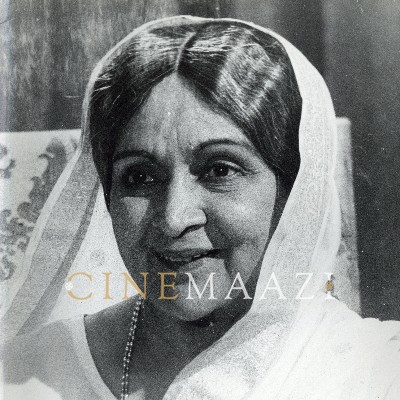

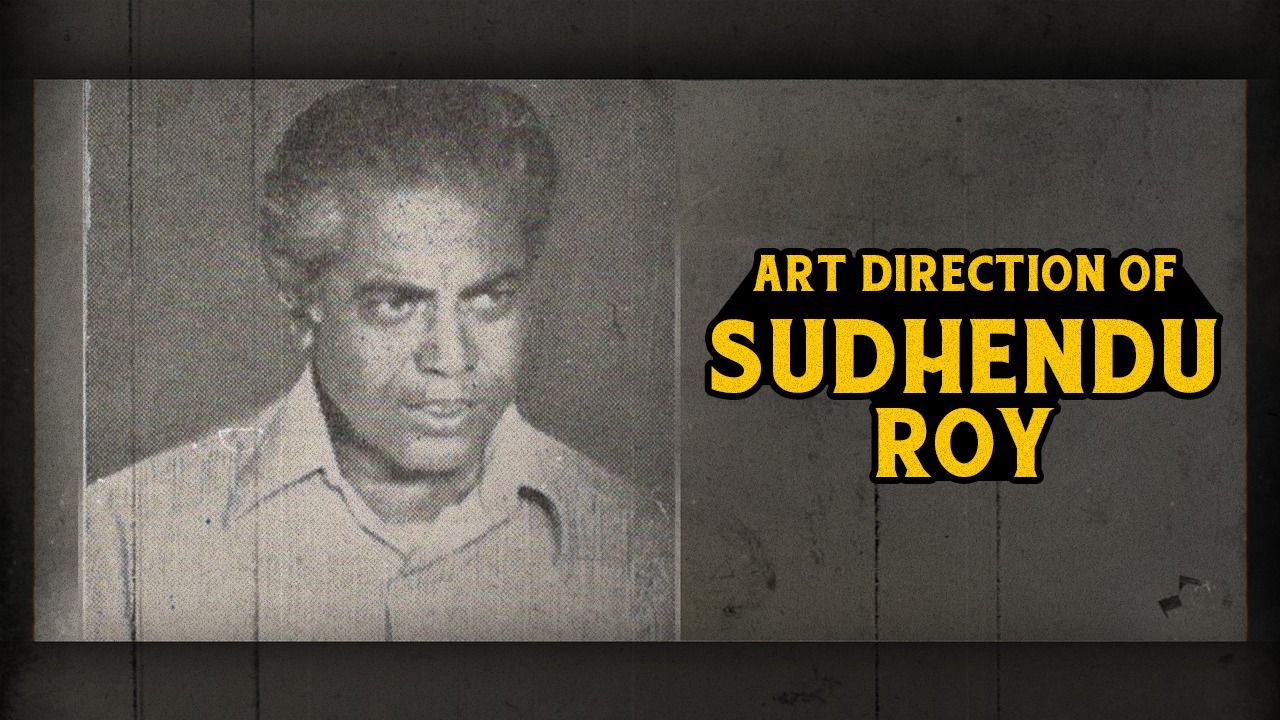
.jpg)




